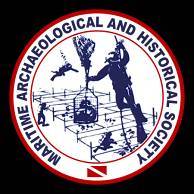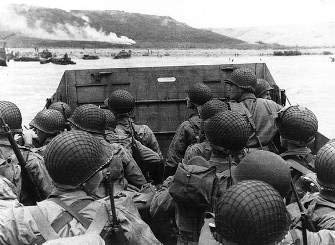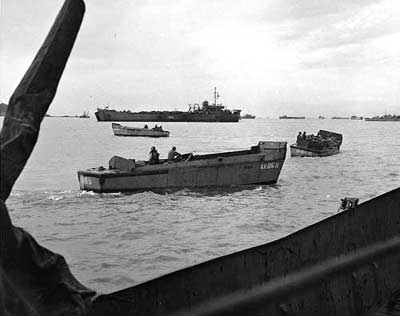|
|

|
Archaeological Investigation of a Landing Craft Vehicle Personnel (LCVP)
|

|

|
Historian Stephen Ambrose, in his history of the invasion, D-Day June 6, 1944: The Climactic Battle of World War II,
quotes Dwight Eisenhower as saying:
“A. J. Higgins was the man who won the war for us...if Higgins had not
designed and built those LCVPs, we never could have landed over an
open beach. The whole strategy of the war would have been
different.”
Higgins’ biographer, Johan Strahan, observed that Higgins is not well-known because:
“to credit Higgins’ accomplishments, [U.S. Naval historians] would have
to recognize the Bureaus of Ships’ failures…Higgins single-handedly
fought the Navy bureaucracy to assure that the amphibious forces
were equipped with the safest, best-designed landing craft possible.
The U.S. Marine Corps never lost sight of Higgins’ valiant efforts.”
|

|
Higgins boats were critical to the success of the Normandy Invasion, numerous WWII Pacific island landings, and the Inchon Ivasion in the
Korean War, from which the picture above is derived.
|
History is catching up with the Marines in its appreciation of Higgins. Numerous web sites are dedicated to the Higgins’ story
and his accomplishments. The National D-Day Museum, which opened in 2000, is located in New Orleans largely because of Higgins and
his connection with the city. The museum displays a reproduction of a Higgins LCVP in its Louisiana Memorial Pavilion.
The boat was constructed by volunteers—several of whom worked for Higgins Industries during World War II-- using original plans.
And the Navy Museum, in Washington, D.C., has reconstructed a Korean War-era LCVP to commemorate the 5oth anniversary of Inchon. |
|
|



